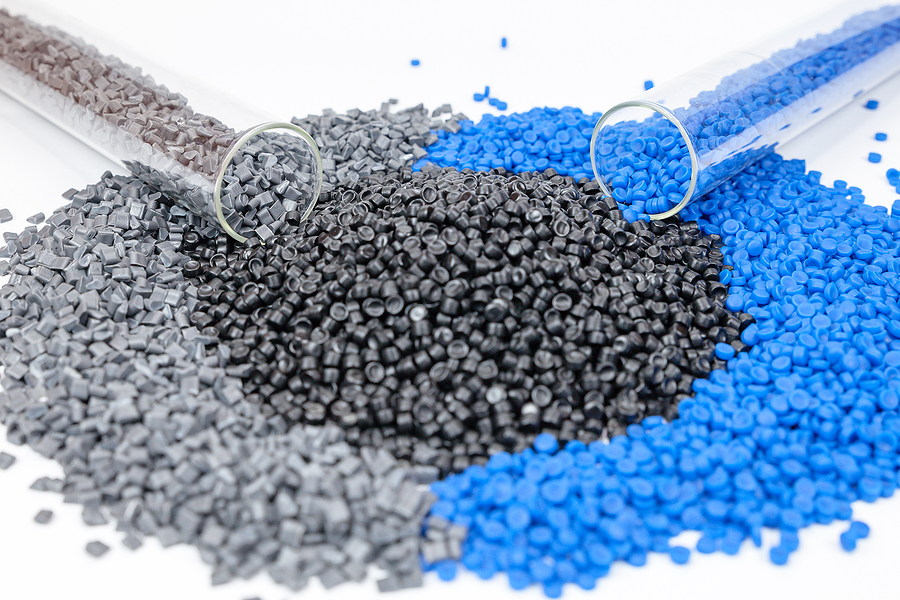To create a perfect mold, you need the best plastic pellet combinations. This is because of the different properties that each type of plastic can contribute to the final product. Choosing the wrong blend can lead to a defective product.
Injection molding is an economical way to produce large quantities of plastic products. As one of the most common manufacturing processes today, it’s important for companies to have access to a variety of high-quality plastic pellets. This article provides an overview of some excellent pellet blends for your project.
1. Polycarbonate/Acrylonitrile Butadiene Styrene (PC-ABS) combination
The polycarbonate (PC) and acrylonitrile butadiene styrene (ABS) blend is one of the most popular in the market currently. Using the right ratios of the two materials, the molecular weight of polycarbonate, and any other additional thermoplastics, you can make unique heat-resistant products.
What makes PC and ABS a perfect fit is their exceptional properties. While the former is tough and heat-resistant, the latter is excellently ductile with good processability. The combination is also cheaper compared to using polycarbonate alone.
Due to their properties, PC-ABS plastic blends are one of the most popular thermoplastics engineers prefer. They are strong, stiff, durable, and resistant to high heat levels. Designers also love them because they are easy to color or use for printing purposes. PC-ABS plastics are commonly used in the manufacture of automotive and electronic parts.
2. Acrylonitrile Butadiene Styrene and Polyvinyl Chloride (ABS/PVC) Combination
Through a process known as melt blending, you can combine acrylonitrile butadiene styrene (ABS) and polyvinyl chloride (PVC). Due to its versatility, PVC is the second most used material in the manufacture of plastics. It is rigid, hard, and affordable. On the other hand, ABS possesses the best thermal, electrical, mechanical, and chemical properties.
Nevertheless, these materials also have weaknesses. PVC has poor thermal stability and low impact strength. On the other hand, ABS is highly flammable, expensive, and weathers easily. Combining the two helps to eliminate their inferior properties.
ABS/PVC plastics have high impact strength, better rigidity, and excellent thermal properties. They are also heat resistant and affordable. Because of these features, these blends see use in the manufacture of electronic products such as switches, knobs, and plugs. Automotive industries also rely on ABS/PVC to manufacture clutches, vehicle panels, and more.
ABS and PVS can be suitable for producing black and white molds. This is because ABS is mainly black while most PVC plastics are white.
3. Polycarbonate and Poly Butylene Terephthalate (PC/PBT) Combination
The toughness and stability of polycarbonate (PC) and the solvent resistance of Poly Butylene Terephthalate (PBT) make better polymer blends. A PC/PBT product has good heat, chemical, and impact resistance.
In addition to its toughness and heat resistance, the PC also has better transparency properties compared to many glass types. A combination of the features of these two polymers makes PC/PBT suitable for use in applications that require high-performance properties. The automotive industry may also use them to manufacture gear cases and bumpers.
4. Polyamide and Polyphenylene Sulfide (PA/PPS) Combination
Engineers use Polyamide (PA) widely. It possesses excellent properties that include good strength, processability, low density, and solvent resistance. However, it has poor fire and mechanical resistance.
On the other hand, Polyphenylene Sulfide (PPS) is highly resistant to heat and has better mechanical properties. It is also resistant to corrosion from chemicals and other solvents. However, it is easy to break and expensive.
To improve the weaknesses of both polymers, you can blend them to form a more durable alloy that has other excellent properties. PA/PPS blends are used in the automotive industry to make engine covers, airbag containers, wheel covers, and more. In the food and beverage industry, this alloy polymer is used to protect food from contamination by nearby components.
Learn More about Plastic Pellet Combinations
Over the years, many combinations of pellets have been tried and tested, with varying degrees of success. Therefore, it is important to do your research before committing to any polymer blend. Contact us today for more information on plastic pellet combinations regarding your custom injection molding application.

